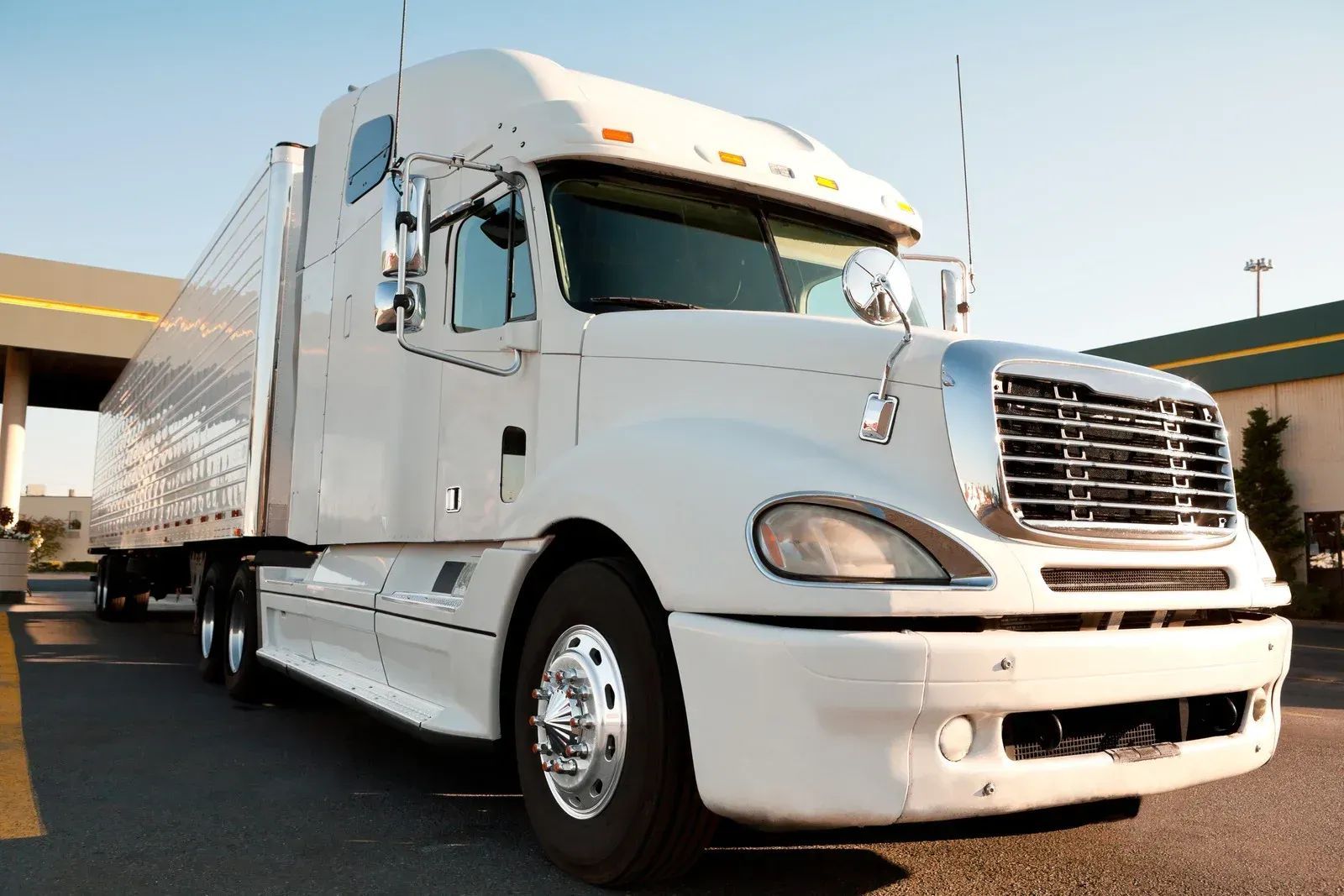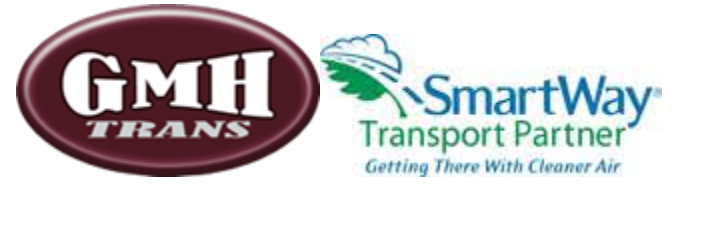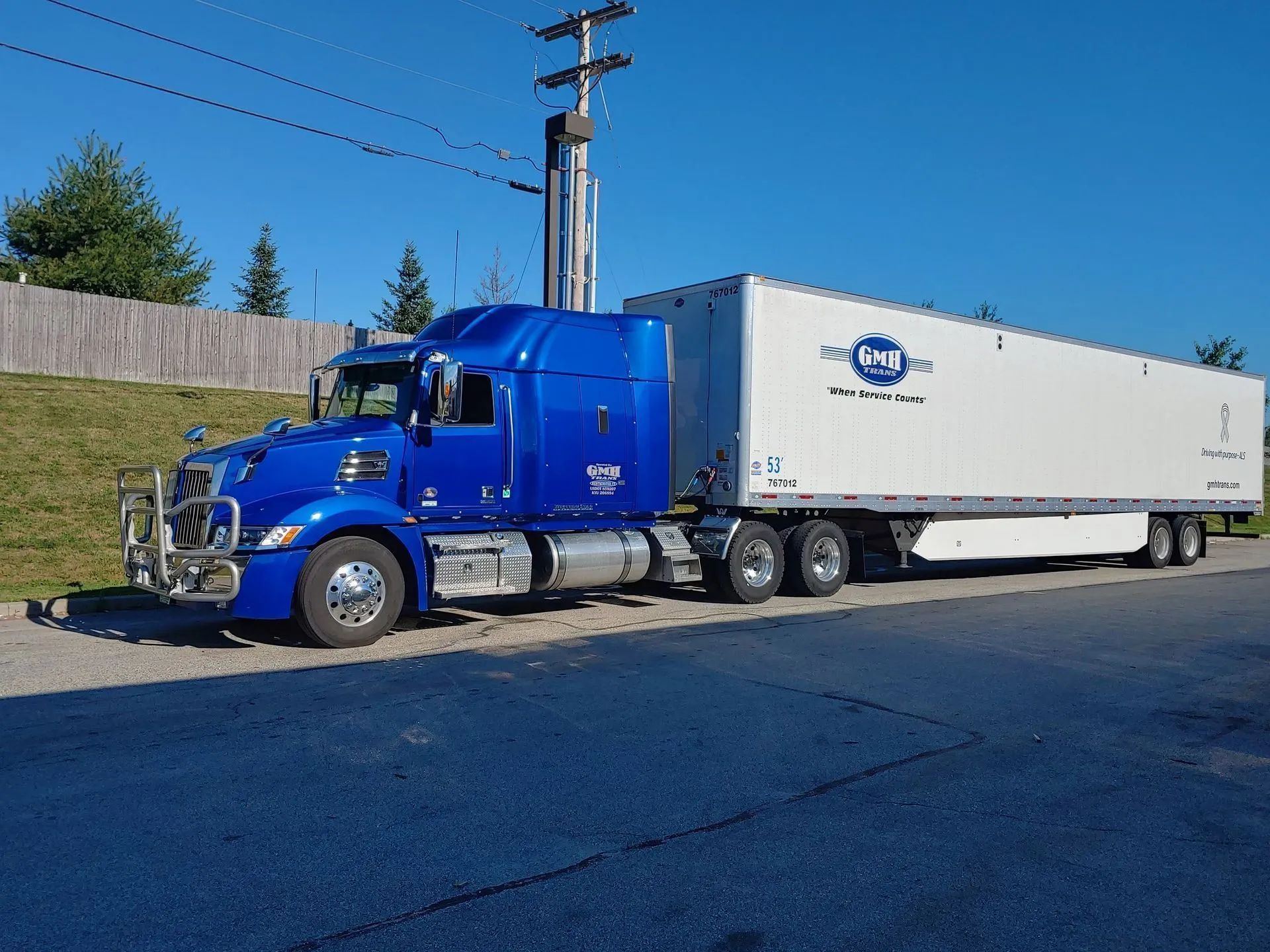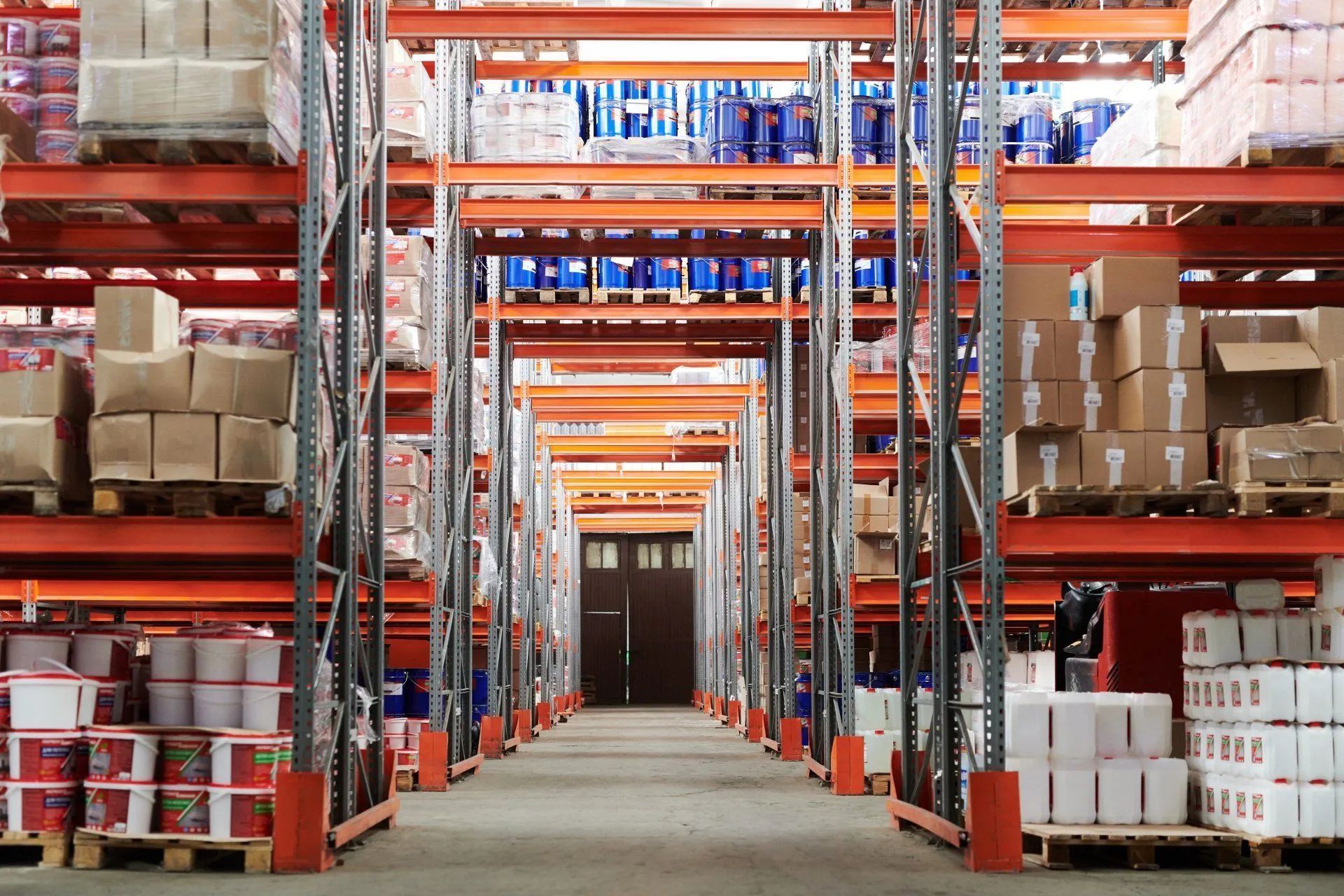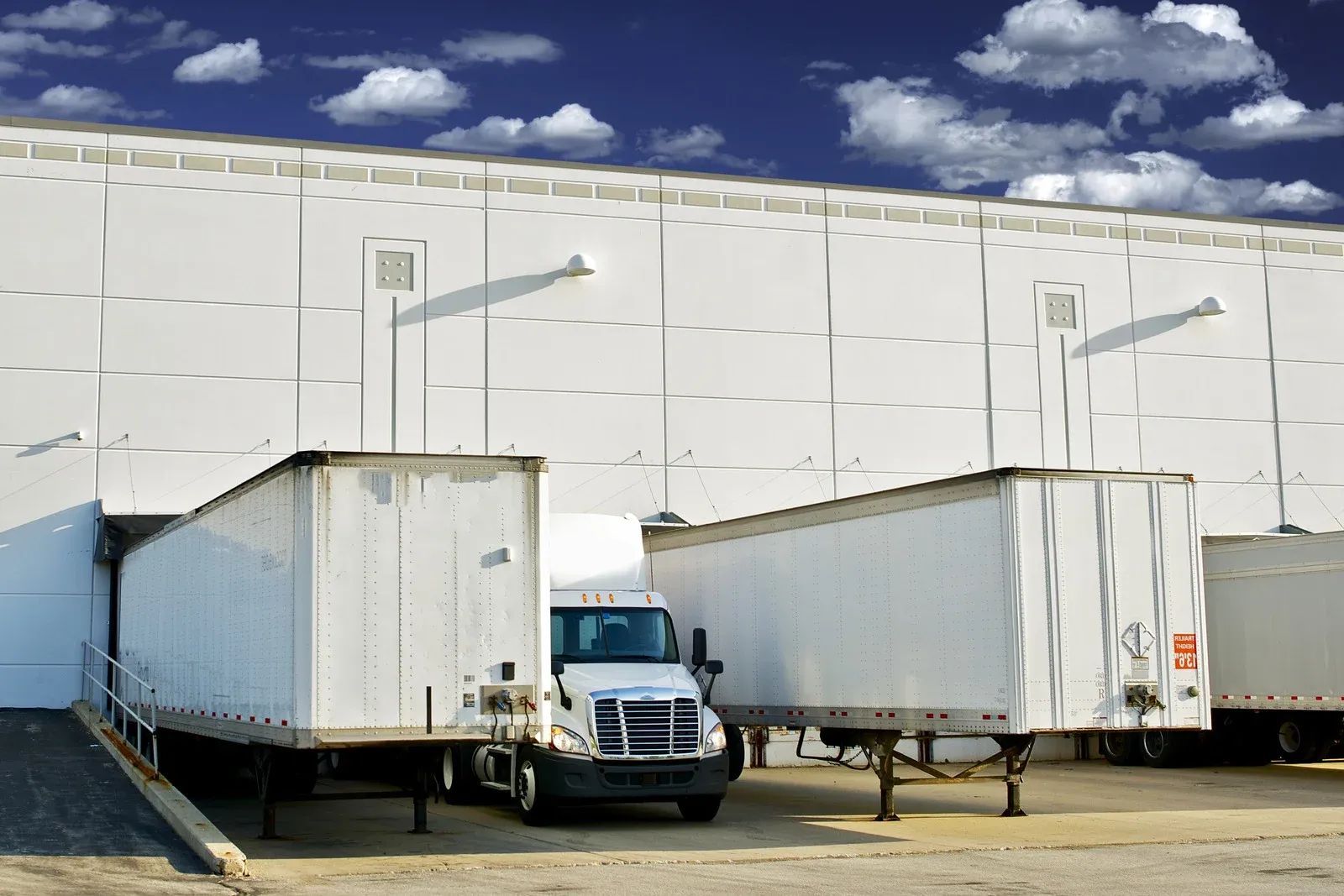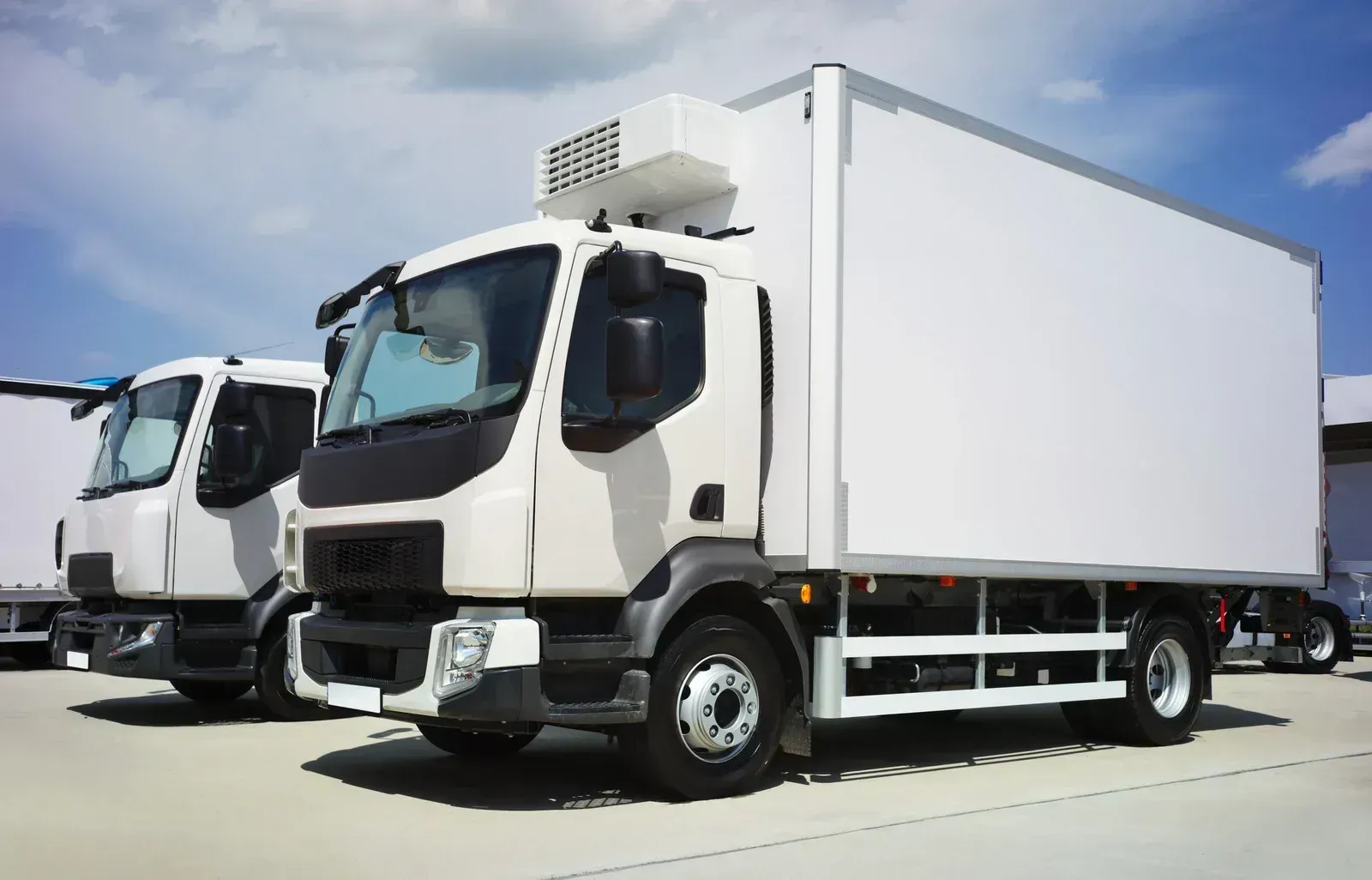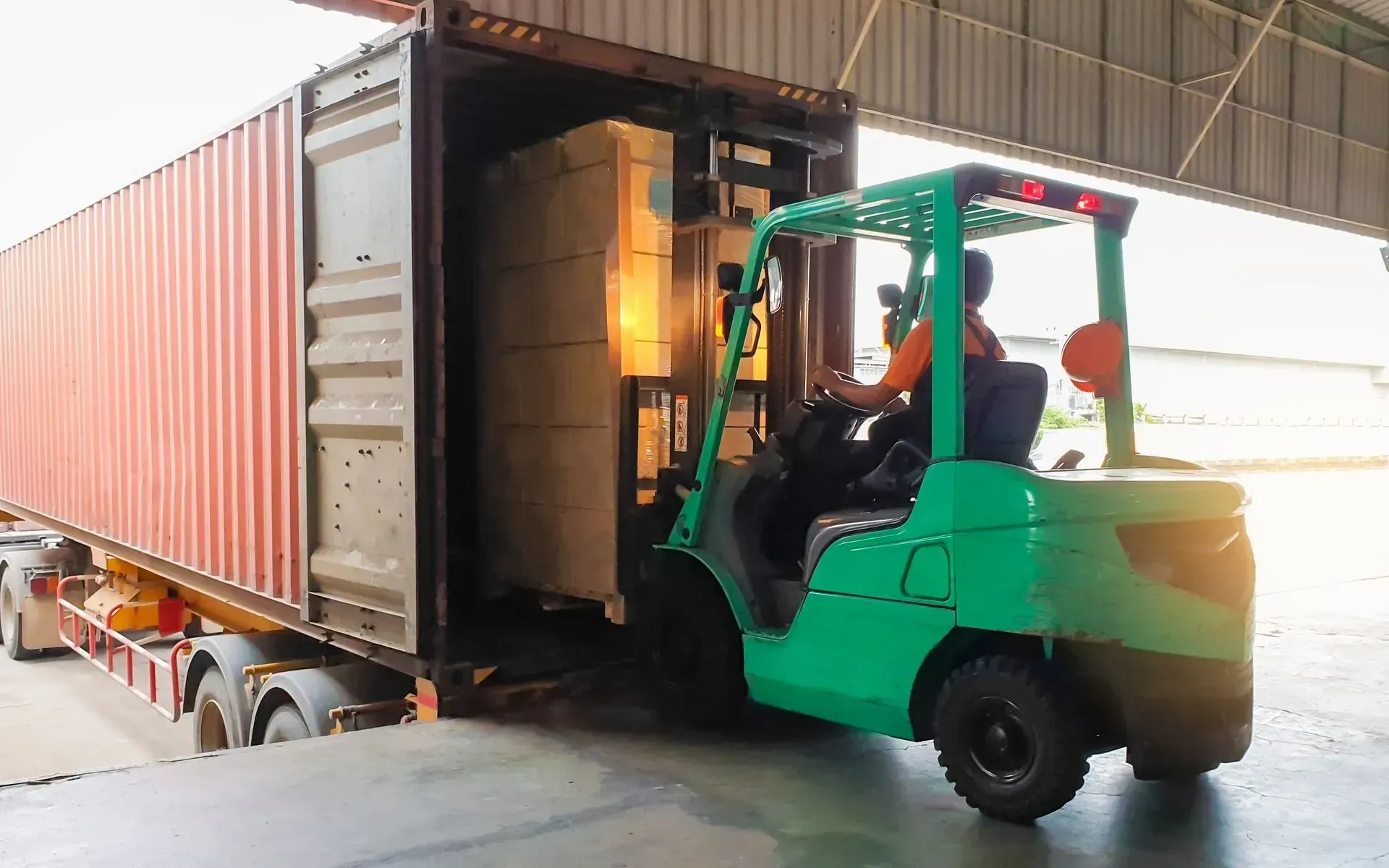How to Maximize Efficiency with Full Truckload vs. LTL Shipments?
In today’s fast-paced logistics industry, shipping efficiency can make or break your bottom line. One of the biggest decisions fleet managers and shippers face is whether to use Full Truckload (FTL) or Less-Than-Truckload (LTL) shipping. Both options offer unique advantages depending on your shipment size, schedule, and budget. Choosing the right method can reduce transit times, cut costs, and improve customer satisfaction — especially during peak shipping seasons. Understanding how to balance FTL and LTL shipping strategies helps fleets maximize efficiency, streamline operations, and keep trucks moving profitably. Here’s how to decide which option works best for your business needs.
1. Understanding Full Truckload (FTL) Shipping
FTL shipping involves dedicating an entire truck to a single shipment. It’s ideal for large loads that fill most or all of the trailer space. FTL offers direct delivery, meaning the truck goes straight from pickup to destination without intermediate stops. This minimizes handling, reducing the risk of damage and delays. It’s a great choice for companies with consistent, high-volume shipments or time-sensitive freight. While FTL may seem more expensive upfront, it often delivers lower per-unit shipping costs and greater control over scheduling and routes.
2. When to Choose Less-Than-Truckload (LTL)
LTL shipping consolidates multiple smaller shipments from different shippers into one truck. This option is perfect for businesses that don’t need a full trailer but still want access to professional freight services. LTL allows you to pay only for the space you use, making it a cost-effective solution for smaller or irregular loads. However, since LTL trucks make multiple stops, shipments take longer and face more handling — increasing the potential for delays or minor damages. LTL is best for flexible timelines and non-fragile goods that don’t require immediate delivery.
3. Key Factors in Maximizing Efficiency
The secret to maximizing shipping efficiency lies in strategic load planning. Evaluate shipment frequency, volume, weight, and delivery urgency before deciding between FTL and LTL. Many fleets benefit from a hybrid approach — using FTL for large or recurring deliveries while relying on LTL for smaller, regional runs. Leveraging logistics software and telematics can also optimize routes, monitor real-time truck utilization, and minimize empty miles. Proper communication with carriers ensures faster turnaround times and prevents mismanagement during high-volume seasons.
4. How Tire Maintenance Impacts Efficiency
Whether operating FTL or LTL, tire performance plays a crucial role in overall efficiency. Poorly maintained tires lead to higher fuel consumption, longer delivery times, and increased downtime. Regular tire inspections, rotations, and pressure checks reduce rolling resistance and improve fuel economy. Partnering with an experienced tire provider ensures your fleet remains road-ready, regardless of shipment type. A well-maintained fleet translates to fewer delays, better fuel savings, and safer deliveries — especially during the busiest months of the year.
Maximizing efficiency in your shipping operations means finding the perfect balance between
Full Truckload (FTL) and
Less-Than-Truckload (LTL) options. By assessing your shipment size, frequency, and urgency, you can make smarter decisions that reduce costs and increase productivity. Supporting these choices with reliable maintenance and expert tire care will keep your fleet performing at its best. With over 40
years of experience, GMH Transportation Services
in Westminster, VT, provides top-quality solutions and professional support that help fleets stay efficient and road-ready year-round. Trust us to keep your business rolling smoothly through every season of success.
